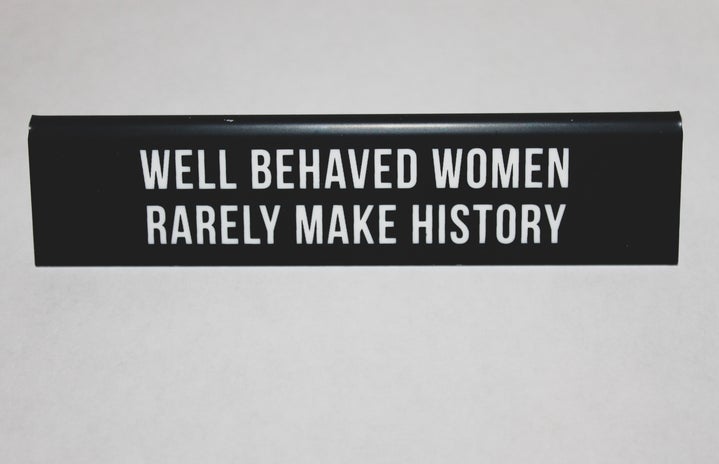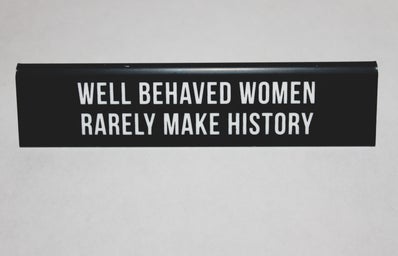Throughout archaeology’s past, there has been little room made for women as active participants. Whilst they could see public spectacles of archaeology, their research in the field was extremely limited or barred altogether. As educational opportunities for women expanded, however, female archaeologists began to conduct their own work in an aggressively male, elite field.
Of course, not all of these women have been remembered.
Such is the case for female excavators at the site of Skara Brae, a significant Neolithic site unearthed by stormy weather in the late 18th century. It was excavated in 1928 and 1929 by V. Gordon Childe, largely regarded as one of the most influential archaeologists of the 20th century – a man so giant that he overshadowed remembrance of others who worked on the site.
This photograph, recently tweeted by an Oxford professor, shows two women looking on as Childe descends into a pit, surrounded by remarkably preserved Neolithic walls. In the past, the women were brushed off as tourists or visiting locals, but a closer examination indicates that this is far from the truth.
If you look closely, you can see that one of the women is holding a trowel. This is no gardening tool – a trowel is a crucial tool in an excavator’s kit, and suggests that they were actually a part of the archaeological team investigating the famous site.
Whilst the photograph is likely staged to draw the viewer’s eye to Childe, says Dr Antonia Thomas, it nonetheless confirms that female archaeologists worked there as well. In fact, according to Dr Mairi Davies, “there were actually more female students than male [at Edinburgh University” where Childe taught, and “some went on to be very active field archaeologists”.
The women have even been identified – in this photograph, they are thought to be Margaret Simpson, Margaret Mitchell, who earned a PhD in archaeology, Mary Kennedy, and Dame Margaret Cole.
Despite being “written out” (Professor Dan Hicks) of publications on archaeology’s history, a current movement of reflection is bringing these “buried women” back to the forefront of understanding how the discpline developed (Huw Williams). Rather than being simply passive tourists and wives of famous archaeologists, women “are part of a proud tradition that stretches back well over a hundred years” (Dr Mairi Davies), and will undoubtedly continue to shape the future of archaeological research.
Images obtained from:
Orkney Library and Archives
Information obtained from:
https://www.bbc.com/news/uk-scotland-north-east-orkney-shetland-47639736



